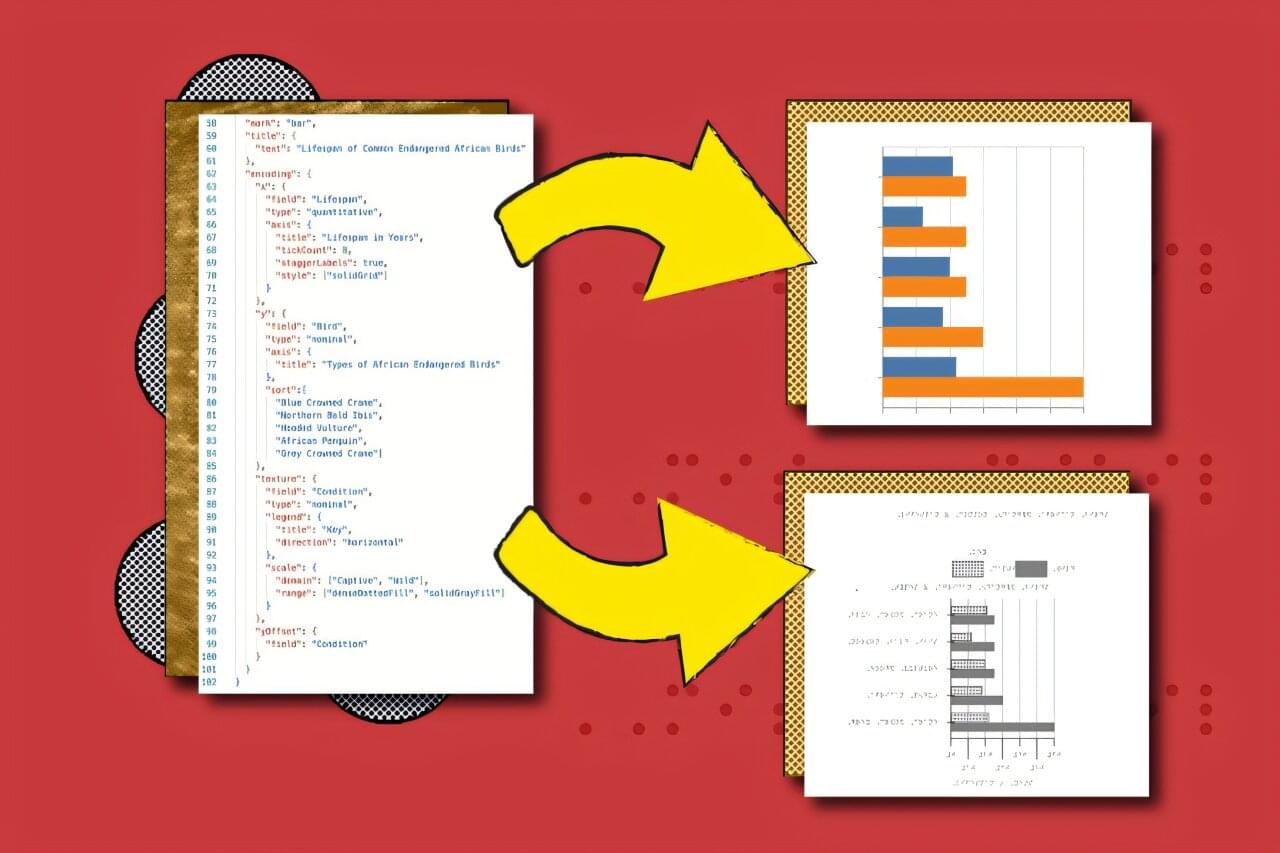Bar graphs and other charts provide a simple way to communicate data, but are, by definition, difficult to translate for readers who are blind or low-vision. Designers have developed methods for converting these visuals into “tactile charts,” but guidelines for doing so are extensive (for example, the Braille Authority of North America’s 2022 guidebook is 426 pages long). The process also requires understanding different types of software, as designers often draft their chart in programs like Adobe Illustrator and then translate it into Braille using another application.
Researchers from MIT’s Computer Science and Artificial Intelligence Laboratory (CSAIL) have now developed an approach that streamlines the design process for tactile chart designers. Their program, called “Tactile Vega-Lite,” can take data from something like an Excel spreadsheet and turn it into both a standard visual chart and a touch-based one. Design standards are hardwired as default rules within the program to help educators and designers automatically create accessible tactile charts.
The tool could make it easier for blind and low-vision readers to understand many graphics, such as a bar chart comparing minimum wages across states or a line graph tracking countries’ GDPs over time. To bring your designs to the real world, you can tweak your chart in Tactile Vega-Lite and then send its file to a Braille embosser (which prints text as readable dots).
